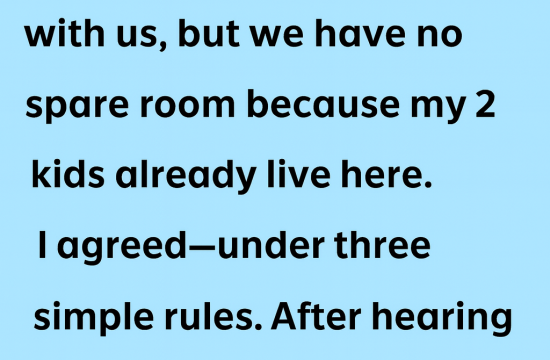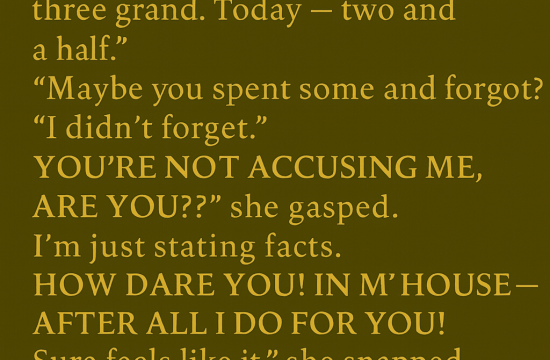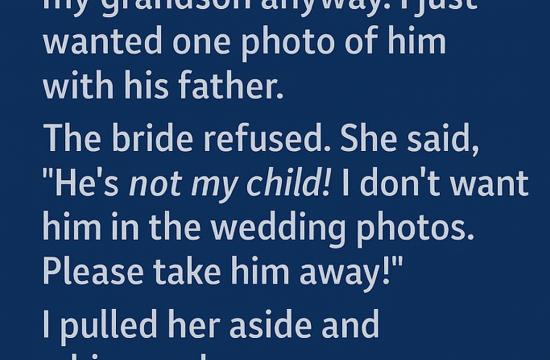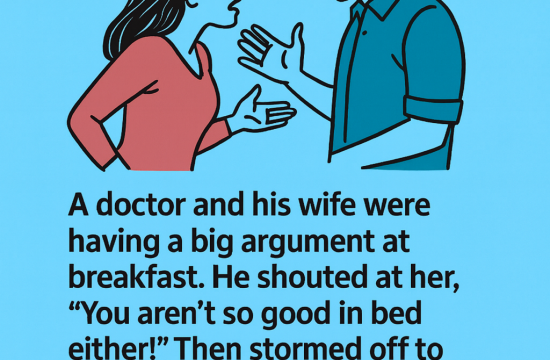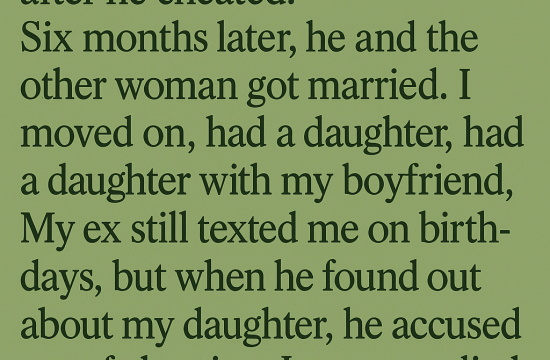When our new neighbors moved in, I barely paid attention—until their little girl, Lily, started playing with my daughter, Emma. At first, it was harmless and sweet: two children giggling in the yard, braiding each other’s hair, running in little circles until they collapsed in the grass.
But the more I watched, the more unsettled I became.
They looked eerily alike.
The same golden curls.
The same bright, curious eyes.
The same small dimple on the left cheek when they smiled.
Standing side by side, they looked like twins born to different mothers.
And then there was Jack.
At first, I thought he was simply amused by the girls’ play. But as days passed, I began to notice something different in the way he watched Lily—something quiet, tense, almost haunted. Whenever I mentioned the neighbors, his jaw tightened. His answers became clipped. One evening, I caught him staring at Lily from the kitchen window, his expression unreadable, his breath held.
A cold knot formed in my stomach.
A question I didn’t want to ask demanded to be voiced:
Was Lily his child?
I confronted him one night, heart pounding so loudly I could barely speak.
“Jack… is there something I should know? Is Lily your daughter?”
He shook his head immediately.
“No. I didn’t cheat.”
But that was all.
No embrace, no reassurance, no explanation. Just a heavy silence wrapping itself around us like fog.
I couldn’t live in uncertainty. So, the next afternoon, I walked next door and asked Ryan—Lily’s father—for the truth.
What he told me turned everything upside down.
Lily wasn’t Jack’s daughter.
She was his niece.
Jack’s younger sister, Mary, had passed away last year. She’d raised Lily alone after leaving home during a long, bitter fallout with their parents. Jack had cut ties with her too, and the guilt of that choice had followed him like a shadow. After Mary’s death, Ryan moved here so Lily could grow up near the only piece of family she had left: Jack.
Jack hadn’t told me—not because he’d betrayed me—but because he had betrayed himself. He had abandoned his sister when she needed him most. He hadn’t made peace before she died. And now, faced with Lily, all that grief and regret had come flooding back.
That night, Jack finally opened up. We sat at the kitchen table long after the girls had fallen asleep. He told me about the fight that drove Mary away, the stubborn pride that kept them apart, and the ache of knowing he could never set things right.
For the first time in years, he cried.
The next morning, Lily and Emma played on the porch, their laughter ringing through the cool air. And as I watched them, I felt something shift inside me. I no longer saw a threat. I saw a bridge—between past mistakes and new beginnings, between regret and redemption.
This wasn’t a story of betrayal.
It was a story of hidden sorrow, family wounds, and an unexpected chance to heal.
Sometimes, the moment you fear the most isn’t the end of something—it’s the doorway to something you didn’t even know your heart needed.



